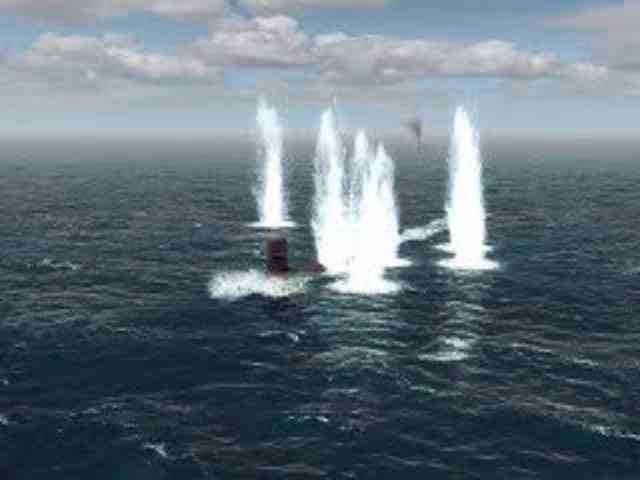

I quickly got the hang of the basics, and taking out enemy ships was simple (the big floating idiots) but it’s a more threatening game when you start playing cat and mouse against Soviet submarines. This isn’t a criticism of the controls or the game, but if you’re unfamiliar with subaqueous adventures, it takes some time to apply the overflow of knowledge practically.

I love it, but it’s unintuitive in the sense that it’s unlike anything I’ve played before. It’s presented in a polished, 3rd person display with a free camera, but your focus should be on what signals you’re sending out to the enemy, where they think you are, and if the signals you’re chasing are genuine. It’s a mix of prediction, science and educated guesswork, which forced me to think about every contact in an abstract way.
#In cold waters pc game i need repairs at the dock manual#
Answers to most of the questions are found in a comprehensive manual which can be accessed at any time, but applying that knowledge still felt like a challenge.īecause of this, you don’t know exactly where your enemies are all of the time. I eased my way through the tutorials, taking the time to read the expanded descriptions when necessary, but still came away feeling there was loads left to learn. This makes it feel less like a straight up sim, but it’s still miles away from being action game. Instead of deciphering radars and triangulating positions, the relevant information is given to you once you’ve performed the correct actions. To this end, the more technical elements are refined so make the information easier to parse. Can they see me? Where did the last torpedo I fired go? What happens when I accidentally shoot a whale?Įven if you’re just fighting two other vessels, there’s loads to think about-can they see me? Where did the last torpedo I fired go? What happens when I accidentally shoot a whale?-so it’s useful to have focus.


 0 kommentar(er)
0 kommentar(er)
